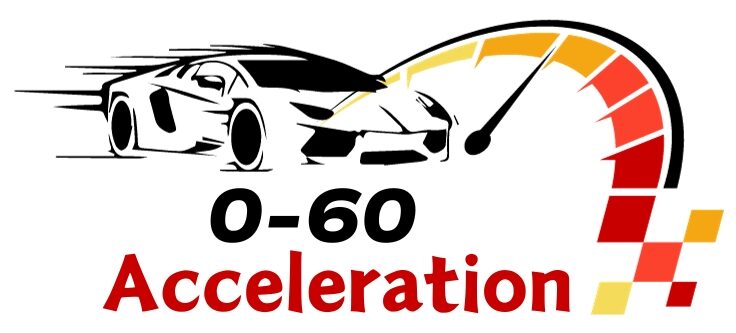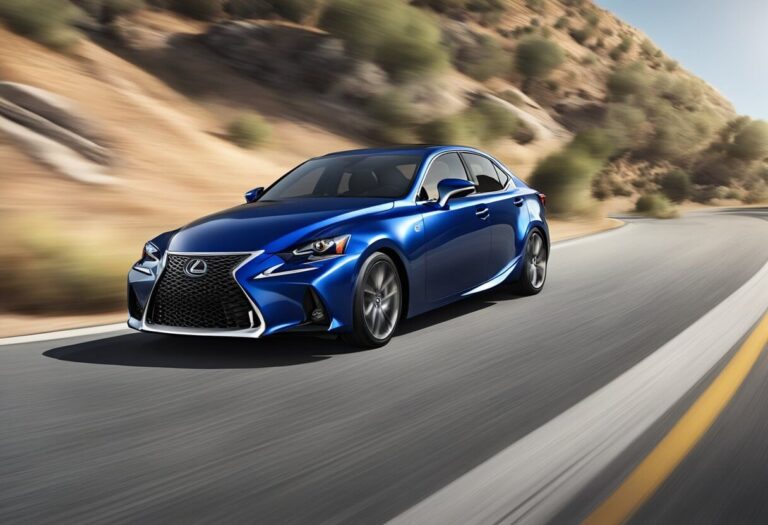
A fast 0-60 time is a common vehicle performance benchmark used by car enthusiasts and manufacturers alike. Essentially, the 0-60mph time denotes how quickly a car can accelerate from a standstill to 60 miles per hour. This figure, while not the sole determinant, is an important factor in measuring a vehicle’s overall performance. It reflects not just raw power, but the efficient conversion of this power into motion.
While the average consumer might not be familiar with the technicalities of a fast 0-60 time, it is a simple statistic that is easy to understand and impress friends with. American car manufacturers have used the 0-60 time as a marketing tool for decades, as Americans have long prized powerful, fast cars. However, it is important to note that a fast 0-60 time doesn’t necessarily mean a car is the best in its class, as there are other factors to consider such as handling, braking, and overall driving experience.
A fast 0-60 time can be considered anything around 5 seconds or less, which can be achieved by many modern sports cars. The supercar-fast times are under 4 seconds, while going close to 3 seconds is considered a true engineering feat. In this article, we will explore what a fast 0-60 time means, how it is measured, and what factors contribute to achieving a fast 0-60 time. We will also take a look at some of the fastest cars on the market and what makes them stand out in terms of performance.
Defining Acceleration
Understanding 0-60 Times
Acceleration is a measure of how quickly a vehicle can increase its speed. The 0-60 time is a common performance metric that measures how long it takes for a vehicle to accelerate from a standstill to 60 miles per hour. Essentially, the 0-60 time denotes how quickly a car can accelerate from a standstill to 60 miles per hour. This figure, while not the sole determinant, is an important factor in measuring a vehicle’s overall performance. It reflects not just raw power, but the efficient conversion of this power into motion.
The 0-60 time is a widely used benchmark for evaluating a car’s performance. It is a measure of how quickly a car can get up to speed from a complete stop. The faster the 0-60 time, the more powerful the car is. A fast 0-60 time can be considered anything around 5 seconds or less, which can be achieved by many modern sports cars. The supercar-fast times are under 4 seconds while going close to 3 seconds is considered a true engineering feat.
Factors Influencing Acceleration
There are many factors that influence a car’s acceleration, including engine power, transmission, drivetrain, weight, and aerodynamics. A more powerful engine can generate more torque, which translates into faster acceleration. A car’s transmission can also affect its acceleration. A manual transmission can provide more control over the car’s acceleration, while an automatic transmission can shift gears more quickly, allowing for faster acceleration.

The weight of a car is another important factor in its acceleration. A lighter car can accelerate more quickly than a heavier car, all other things being equal. Aerodynamics also play a role in a car’s acceleration. A car with a more streamlined body can cut through the air more efficiently, reducing drag and allowing for faster acceleration.
In summary, the 0-60 time is a widely used benchmark for evaluating a car’s performance. It is affected by many factors, including engine power, transmission, drivetrain, weight, and aerodynamics. A faster 0-60 time generally indicates a more powerful and efficient car.
Benchmarking Speed
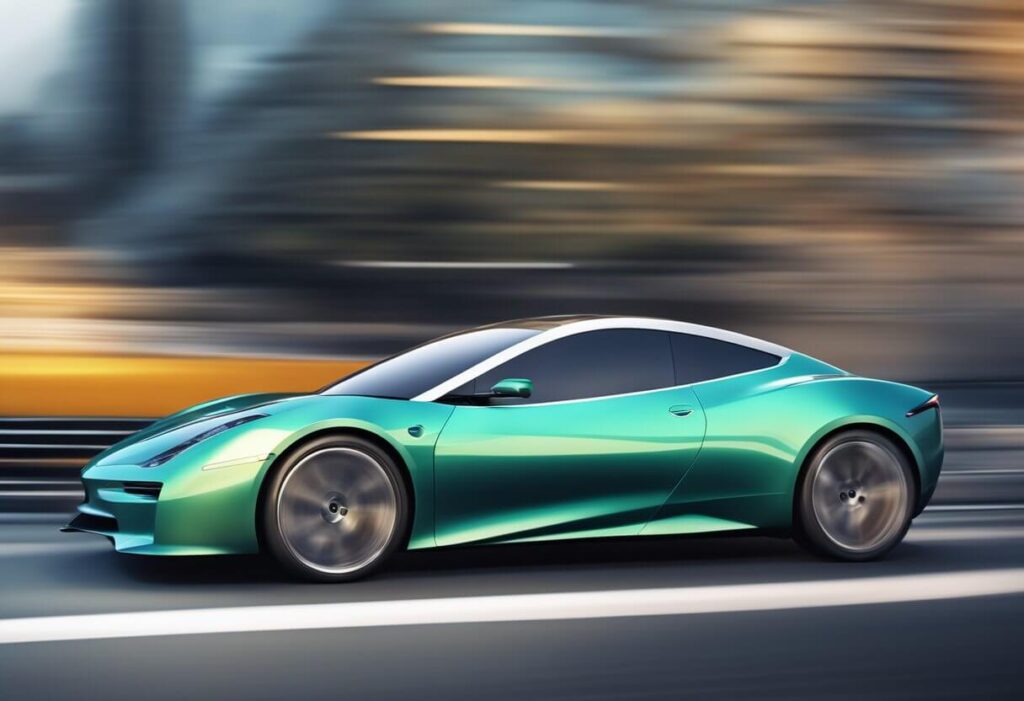
Historical Context
The 0-60 mph time has been used as a performance benchmark for decades. It is a simple statistic that allows the average consumer to understand and compare the acceleration capabilities of different vehicles. The United States has been the primary market for this benchmark, with American car manufacturers using it as a selling point to advertise their cars.
In the early days of the automobile, the 0-60 mph time was not a significant performance metric. However, as cars became faster and more powerful, the 0-60 mph time became an important measurement of a vehicle’s acceleration capabilities.
Modern Performance Standards
Today, a fast 0-60 time can be considered anything around 5 seconds or less. Many modern sports cars can achieve this benchmark, with supercars boasting times under 4 seconds. Achieving a 0-60 time close to 3 seconds is considered a true engineering feat.
The efficient conversion of power into motion is an important factor in measuring a vehicle’s overall performance. While the 0-60 mph time is not the sole determinant of a car’s performance, it is a crucial factor that reflects the car’s raw power and acceleration capabilities.
Fastest Production Cars
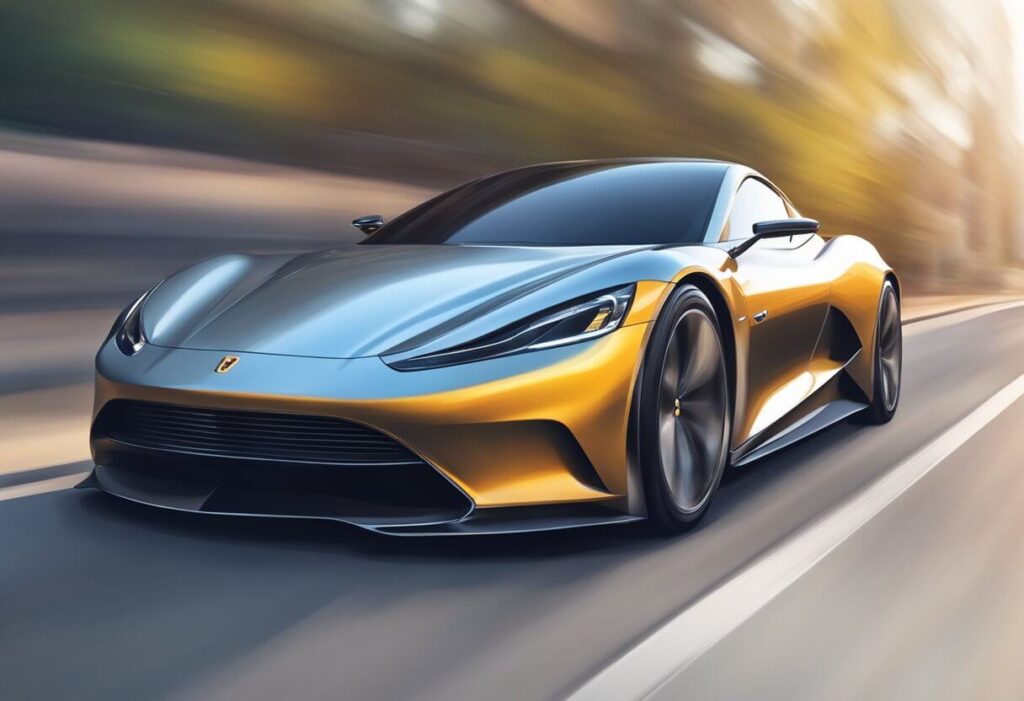
Top Performers
When it comes to the fastest production cars from 0-60 mph, there are several models that stand out. According to the search results, the 2024 Porsche Cayenne Turbo GT is one of the top performers, with a 0-60 mph time of just 2.9 seconds. Another impressive model is the Lamborghini Urus, which has a 0-60 mph time of 3.1 seconds.
Other notable models include the Tesla Model S Plaid, which can reach 60 mph in under 2 seconds, and the Bugatti Chiron Super Sport 300+, which has a top speed of over 300 mph and a 0-60 mph time of just 2.4 seconds.
Electric vs. Combustion Engines
One interesting trend in the world of fast cars is the rise of electric vehicles. The Tesla Model S Plaid, for example, is an all-electric vehicle that can outperform many traditional combustion engine cars. This is largely due to the instant torque that electric motors can provide, which allows for incredibly quick acceleration.
However, there are still plenty of combustion engine cars that can hold their own when it comes to speed. The Porsche Cayenne Turbo GT, for example, is powered by a 4.0-liter twin-turbo V8 engine that produces 650 horsepower. This allows for lightning-fast acceleration, even compared to some electric vehicles.
Measuring Techniques
Professional Testing
Professional testers use specialized equipment to measure a car’s 0-60 time. They use a device called a VBOX, which is a GPS-based data logger that provides accurate measurements of the car’s speed and acceleration. The VBOX is placed inside the car and connected to the car’s computer system. The tester then accelerates the car from a standstill to 60 mph while the VBOX records the data. This method is considered to be the most accurate way to measure a car’s 0-60 time.
Consumer Devices
There are many consumer devices available that claim to measure a car’s 0-60 time. However, these devices are not as accurate as professional testing equipment. Consumer devices use various methods to measure a car’s speed and acceleration, such as using the car’s built-in accelerometer or GPS. However, these methods are not as precise as the VBOX used by professional testers. Additionally, environmental factors such as road conditions, temperature, and altitude can affect the accuracy of these devices.
So, the accuracy of any measuring technique can vary depending on the car being tested. Some cars may have better traction, which can result in faster acceleration times. Other cars may have more powerful engines, which can also affect acceleration times. Therefore, it is important to consider the specific car being tested when evaluating 0-60 times.
Impact of Fast Acceleration
On Road Safety
Fast acceleration can be exhilarating, but it can also be dangerous if not handled properly. Cars with a fast 0-60 time require a skilled driver to handle the increased power and speed. Inexperienced drivers may be more likely to lose control of the vehicle, especially in wet or slippery conditions. Additionally, fast acceleration can cause wear and tear on the vehicle’s tires, brakes, and suspension, which can lead to accidents if not properly maintained.
To ensure road safety, it is important for drivers to understand their vehicle’s capabilities and limitations. Drivers should also be aware of their surroundings and adjust their driving behavior accordingly. This includes maintaining a safe distance from other vehicles, obeying traffic laws, and avoiding distractions while driving.
Environmental Considerations
Fast acceleration can also have an impact on the environment. Vehicles with a fast 0-60 time typically have larger engines, which consume more fuel and emit more pollutants. This can contribute to air pollution and climate change.
To mitigate the environmental impact of fast acceleration, car manufacturers are increasingly turning to hybrid and electric vehicles. These vehicles offer fast acceleration while reducing emissions and fuel consumption. Additionally, drivers can adopt eco-friendly driving habits, such as accelerating slowly and avoiding unnecessary idling, to reduce their vehicle’s environmental impact.
Improving 0-60 Times

There are various ways to improve a car’s 0-60 time. Two of the most common methods are aftermarket modifications and driving techniques.
Aftermarket Modifications
Aftermarket modifications can improve a car’s 0-60 time by increasing its power and reducing its weight. Here are some examples of modifications that can achieve this:
- Intake and Exhaust Upgrades: Upgrading the intake and exhaust systems can increase airflow and reduce exhaust backpressure, which can lead to improved acceleration.
- ECU Tuning: Tuning the engine’s computer can optimize the air/fuel ratio and ignition timing, which can provide more power and torque.
- Lightweight Parts: Replacing heavy parts with lightweight ones, such as wheels, seats, and body panels, can reduce the car’s weight and improve its acceleration.
However, it is important to note that not all modifications are legal or safe. Some modifications can even reduce a car’s reliability and longevity. Therefore, it is recommended to consult with a professional mechanic or tuner before making any modifications.
Driving Techniques
Driving techniques can also affect a car’s 0-60 time. Here are some tips that can help:
- Launch Control: Launch control is a feature that some cars have, which can optimize the engine’s performance during a standing start. It typically involves holding down the brake pedal while flooring the accelerator, and then releasing the brake pedal when ready to launch.
- Manual Shifting: Manual shifting allows the driver to control the car’s gear changes, which can optimize the engine’s powerband and reduce shifting lag. However, it requires skill and practice to do it effectively.
- Weight Transfer: Weight transfer is the process of shifting the car’s weight to the rear wheels during acceleration, which can improve traction and reduce wheel spin. It can be achieved by smoothly releasing the clutch and applying throttle while keeping the car’s weight centered and balanced.
Overall, improving a car’s 0-60 time requires a combination of knowledge, skill, and resources. It is important to understand the car’s limitations and capabilities, as well as the legal and safety implications of any modifications or techniques.
The Future of Fast
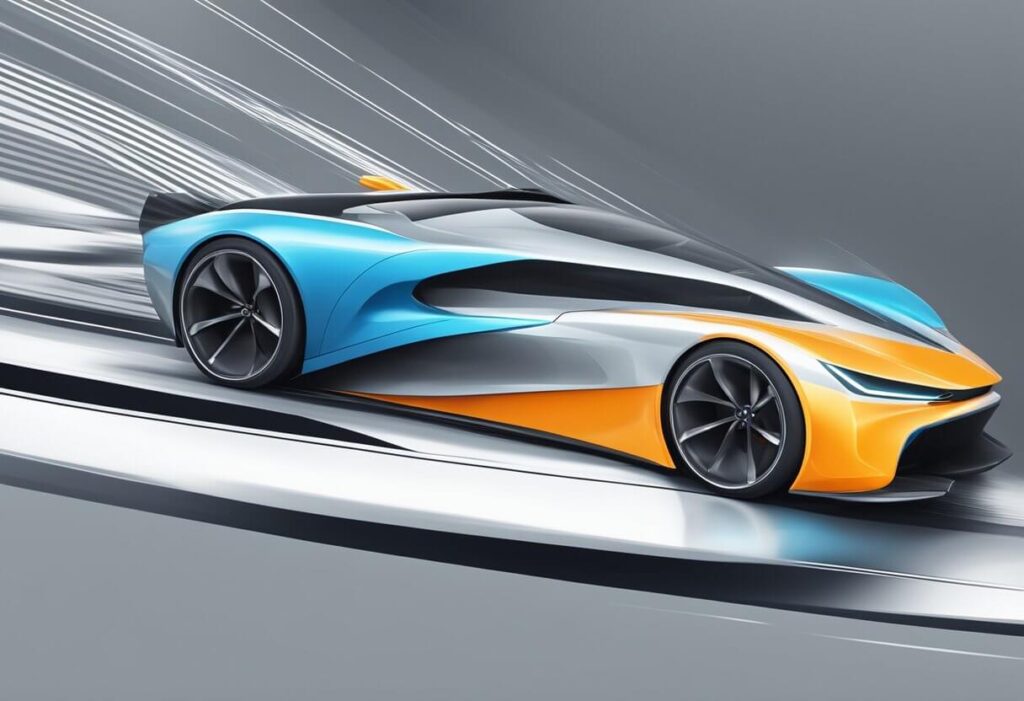
As technology continues to advance, cars are becoming faster and more efficient than ever before. In the future, we can expect to see even more advancements in technology and design that will push the limits of what we consider to be a fast 0-60 time.
Advancements in Technology
One of the most significant advancements in technology that is likely to impact the future of fast cars is electric power. Electric cars have already proven to be incredibly fast, with some models boasting 0-60 times of under 2 seconds. As battery technology continues to improve, we can expect to see even more impressive performance from electric cars in the future.
Another area where we can expect to see advancements in technology is in the area of autonomous driving. While self-driving cars may not seem like they would be faster than human drivers, the reality is that they have the potential to be much faster and more efficient. With advanced sensors and algorithms, autonomous cars can react more quickly to changing road conditions and traffic, allowing them to reach higher speeds safely.
Trends in Automotive Design
In addition to advancements in technology, we can also expect to see changes in automotive design that will impact the future of fast cars. One trend that is already becoming more popular is the use of lightweight materials such as carbon fiber and aluminum. By reducing the weight of a car, it becomes easier to accelerate quickly and reach higher speeds.
Another trend that is likely to impact the future of fast cars is the use of aerodynamic design. By optimizing the shape of a car to reduce drag and improve airflow, designers can create cars that are more efficient and faster than ever before.
Overall, the future of fast cars looks bright, with advancements in technology and design pushing the limits of what we consider to be possible. As electric power, autonomous driving, lightweight materials, and aerodynamic design continue to evolve, we can expect to see cars that are faster, more efficient, and more exciting to drive than ever before.
